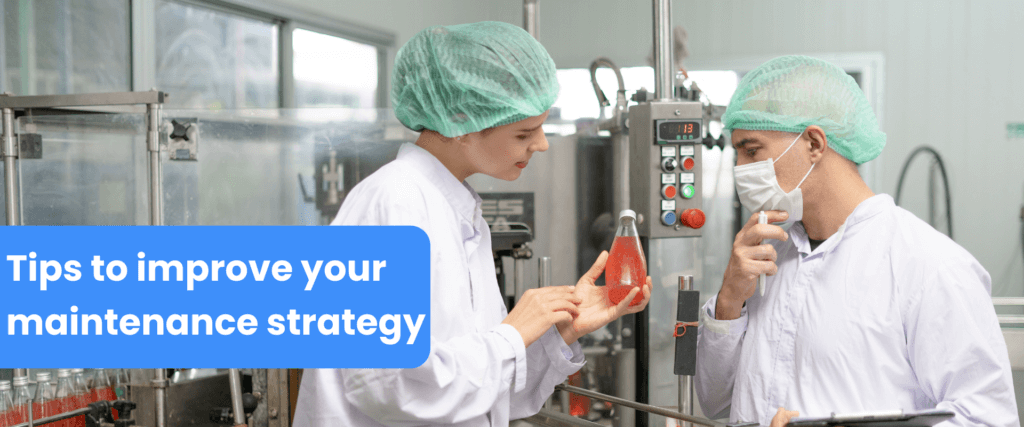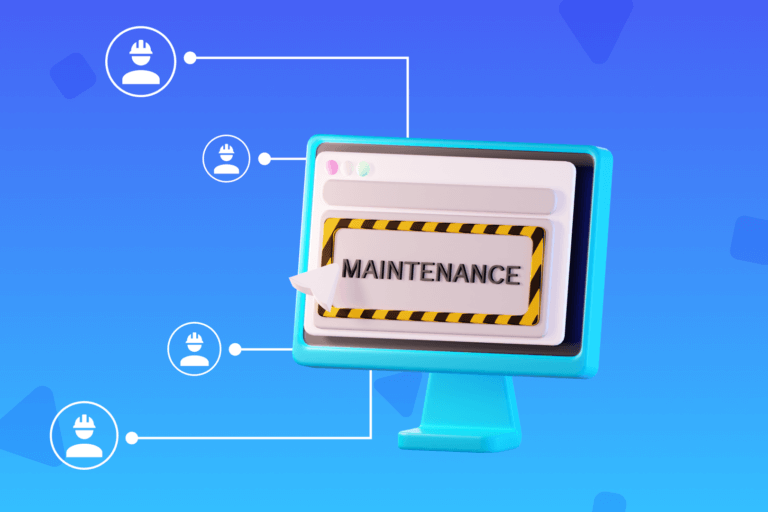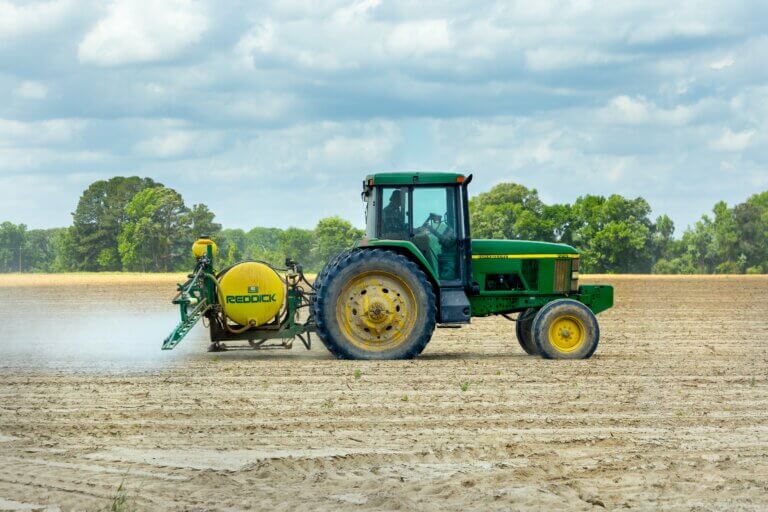Production efficiency and personnel safety are critical to the success of the food and beverage industry.
The food and beverage industry is one of the most important activities in the modern economy, because of its international sales volumes and its impact on the present and future development of humanity.
This superlative value translates into the need to constantly implement new strategies aimed at optimize production chain and improve safety standards.
After all, we cannot forget its strategic importance in order to meet the demanding needs of a population that is growing exponentially and constantly demands greater quantity of healthy, safe and innocuous food and beverages.
Importance of maintenance in the food and beverage industry
One of the key components of this essential continuous improvement process is maintenance. Its correct application directly affects the greater or lesser efficiency of the entire production process, as well as the occupational health and safety of human capital.
If maintenance tasks are performed incompletely, inefficiently, unsafely, or not on a rigorous schedule, we can face unforeseen machine and equipment failures. This could translate, in turn, into extensive stoppages in the production chain, irreparable breakdowns, loss of valuable assets and constant work accidents, even with fatal consequences.
Each of these negative variables implies a loss of competitiveness, but also a greater probability of affecting the food chain. Situation that can easily lead to global humanitarian crises, especially if industries don´t take prevention and care measures.
Which are the main maintenance tasks?
Any good maintenance process consists of applying various asset review and/or repair procedures, which can be preventive or predictive, according to the characteristics of the company or activity carried out.
These include, for example:
● Inspection of machines and components.
● Replacement of parts.
● Carrying out field tests.
● Measurement of risk indicators.
● Repair and/or cleaning tasks.
● Adjustment works.
● Scheduled or random periodic inspections.
● Fault detection and raising of alerts.
All of these tasks, in turn, entail specific risks for worker safety, which are also increased, for example, if people work in close proximity to machines or if the frequency of inspection or repair tasks has to be increased (as appropriate).
In the specific case of the food industry, this risk grows due to its own specificity. Although most of the complex situations are similar to the rest of the industrial activities, there are some variables specific to the production of food and beverages that it is important to individualize.
Food and beverage industry risks
Presence of dangerous substances
During the cleaning and maintenance of machinery, workers may be exposed to disinfectants, fuels, lubricants, hydraulic fluids, coolants, chemicals, gases and other substances that are hazardous to health.
Any of them can cause basic allergic reactions, such as dermatitis, to complex respiratory pathologies and even poisoning.
Therefore, these tasks should always be carried out with sufficient time and prior preparation. In addition, each worker must have their personal protective equipment complete and in good condition.
In the same way, poorly executed maintenance will also directly affect the safety and innocuousness of food and beverages. For example, if machines are not properly cleaned after inspection or repair, can occur cross-contamination from residual cleaners or sterilizers.
A similar risk exists if maintenance tools, containers, equipment and any other utensils used during the process become contaminated.
Action of pathogens
Due to the nature of the raw materials used by the food and beverage industry (including fresh products such as meats, dairy, fruits, and vegetables), maintenance teams can be exposed to various disease-carrying bacteria.
Among these, high-risk pathogens standout such as Listeria monocytogenes, Salmonella, Escherichia Coli, Campylobacter and Staphylococcus aureus, which can be present both in products of animal or vegetable origin, as well as in contaminated machinery and tools.
Another important risk associated with the food sector is the presence of the Hepatitis A virus, especially in companies or workshops where shellfish, salads or organic fertilizers are handled.
Maintenance workers in the food industry may also come into contact with wastewater, which carries the risk of contamination from exposure to or ingestion of decomposed organic substances such as starch, sugars, proteins, fats, and oils.
Wastewater can also be contaminated with nitrogen, ammonia, and phosphate, as well as parasites, acids, bleach, disinfectants, and various chemicals that pose a high risk to health.
Explosive Dust Threat
The manufacture of food and beverages also carries the risk of explosions or fires, especially those activities related to the production of flour, grains, custard, soluble coffee, sugar, milk, potatoes and soups.
All these foods generate large amounts of highly flammable dust, which can be ignited by the presence of various sources, such as sparks from electric welding, faulty connections or installations, burning cigarette butts, or even high temperature and solar light.
Dust can also cause various forms of irritation to the eyes, nose, and skin (known as “occupational dermatitis”); to serious respiratory problems (called “occupational asthma”) that can even lead to permanent disability.
Machinery accidents
The intensive use of machines and tools in the food industry can cause injuries of various kinds. Especially if their maintenance is inefficient, incorrect or disorganized.
Among the most frequent accidents of this type, we can mention the following cases:
● Stroke and entrapment caused by moving parts.
● Falls caused by negligence or poor performance of field teams.
● Injuries due to pieces that have jumped from the machinery.
Similarly, maintenance workers can also be injured if machines are accidentally turned on during the inspection or repair process.
This risk multiplies exponentially if they do not have their personal protection equipment or if they work under time pressure.
Therefore, it is essential that the workforce always have all their protection elements in good condition (goggles, suits, headphones, helmets, gloves and masks). In addition, maintenance tasks must be carried out according to a strict schedule previously established.
The value of digital technology for prevention
The presence of these complex risk factors requires that food companies adopt specific measures to prevent each of the associated hazards. Both for the health of workers, and for the safety and innocuousness of food and beverages.
However, efficiency does not only depend on the will to work. The strategic value of the food industry requires resorting to highly efficient technological solutions that maximize operations, reduce costs and eliminate the probability of human error, such as applications based on digital checklists.
Currently, the modern software industry provides highly efficient specialized tools that help optimize production control, maintenance tasks and personnel safety.
Thanks to the use of these specialized solutions, digitization acts directly in each of the areas that require specific actions, helping to apply the following preventive measures:
● Replace hazardous substances with less hazardous ones, as far as possible.
● Optimize the education and training of maintenance personnel.
● Improve the quality of personal protective equipment.
● Establish specific hazards associated with the use of disinfectants, lubricants, refrigerants, gases, and cleaning agents.
● Establish emergency measures in crisis or contingency situations.
● Reinforce hygiene, both for personnel and the work environment, including trafficked surfaces, machines, equipment and tools.
● Schedule vaccination processes and regular medical check-ups.
● Establish measurement and control systems for accumulated dust, both in the environment and on the surfaces of machinery and equipment.
● Control and verify the status of potential sources of ignition.
● Use explosion-proof electrical installations, lights, switches, plugs and outlets.
● Maintain production equipment in good condition for effective and efficient service.
● Install exhaust ventilation systems at the source to reduce dust accumulation.
● Schedule preventive and/or predictive maintenance schedules according to the needs of the company.
● Constantly review the condition and use of personal protection equipment.
Each of these tasks can be performed smoothly, efficiently and safely with the support of a specialized digital checklist program. DataScope puts at your disposal specialized tools that will help optimize the competitiveness of food companies, and consolidate their successful market position.








